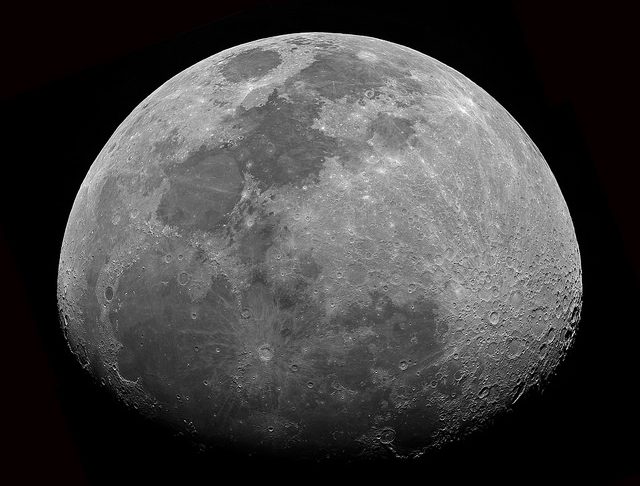
A new study produced by the ARES division provides an explanation for how the Moon was able to generate its own magnetic field.
Continue reading
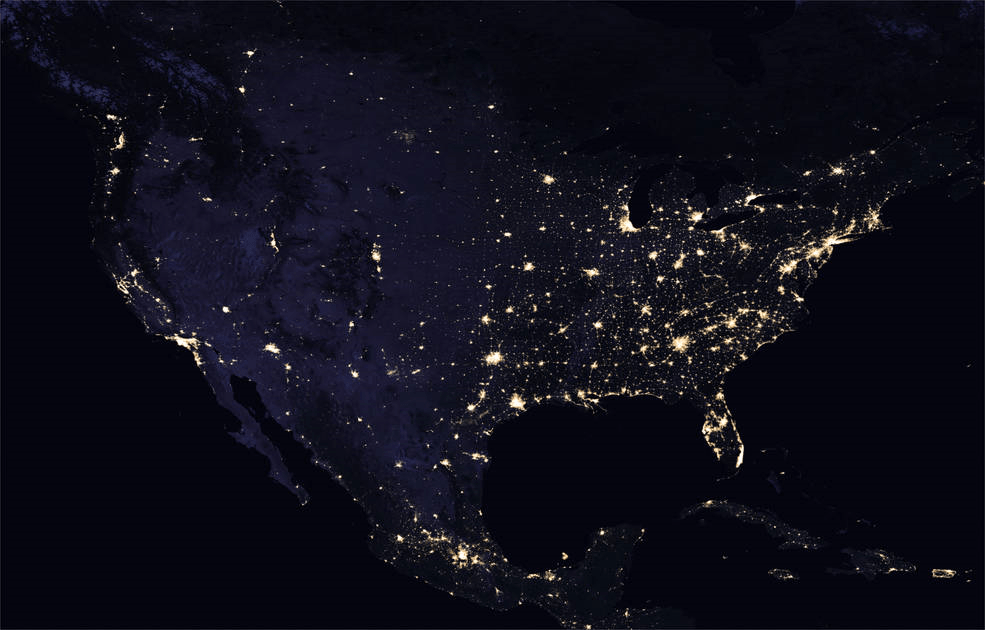
New night-time images of Earth are more than just eye-candy. They can be a vital tool for scientists and governments.
Continue reading
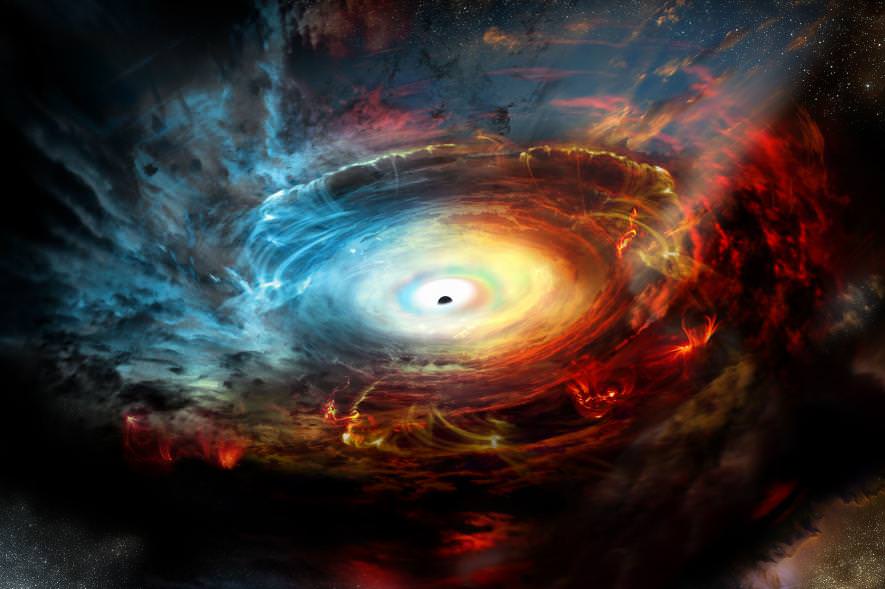
Thanks to an international effort and multiple radio telescopes, astronomers have visualized an event horizon for the first time.
Continue reading

Continue reading

Astronomers at the University of Waterloo have given us the first image of a dark matter filament bridge between two galaxies.
Continue reading
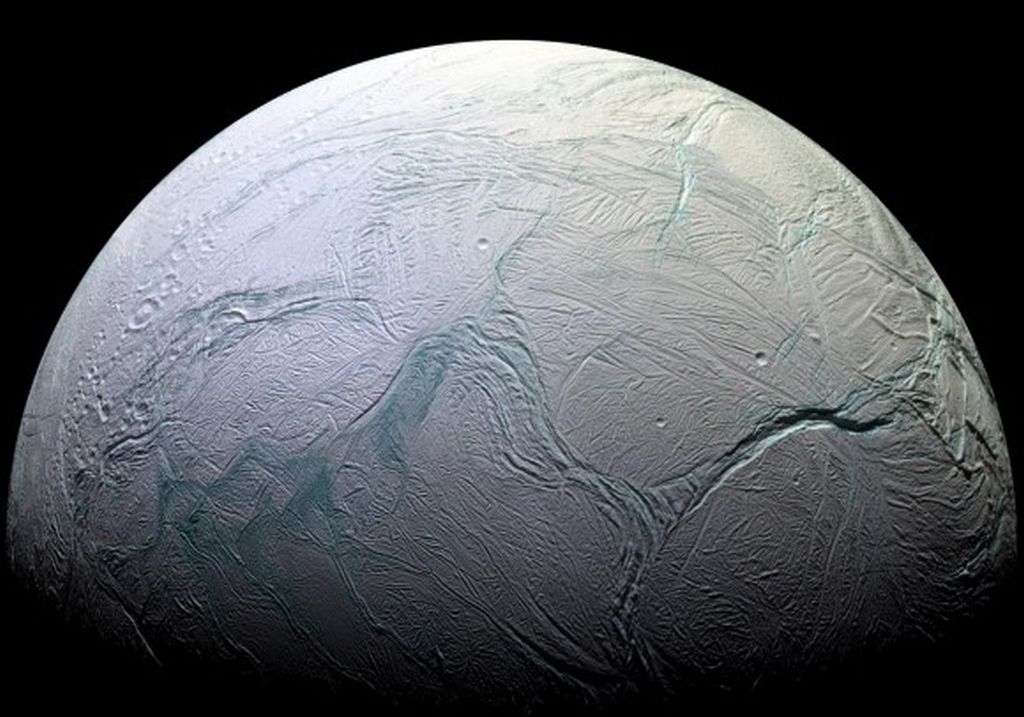
Discovery of hydrogen at Enceladus raises hopes that life may exist in the icy moon's oceans.
Continue reading
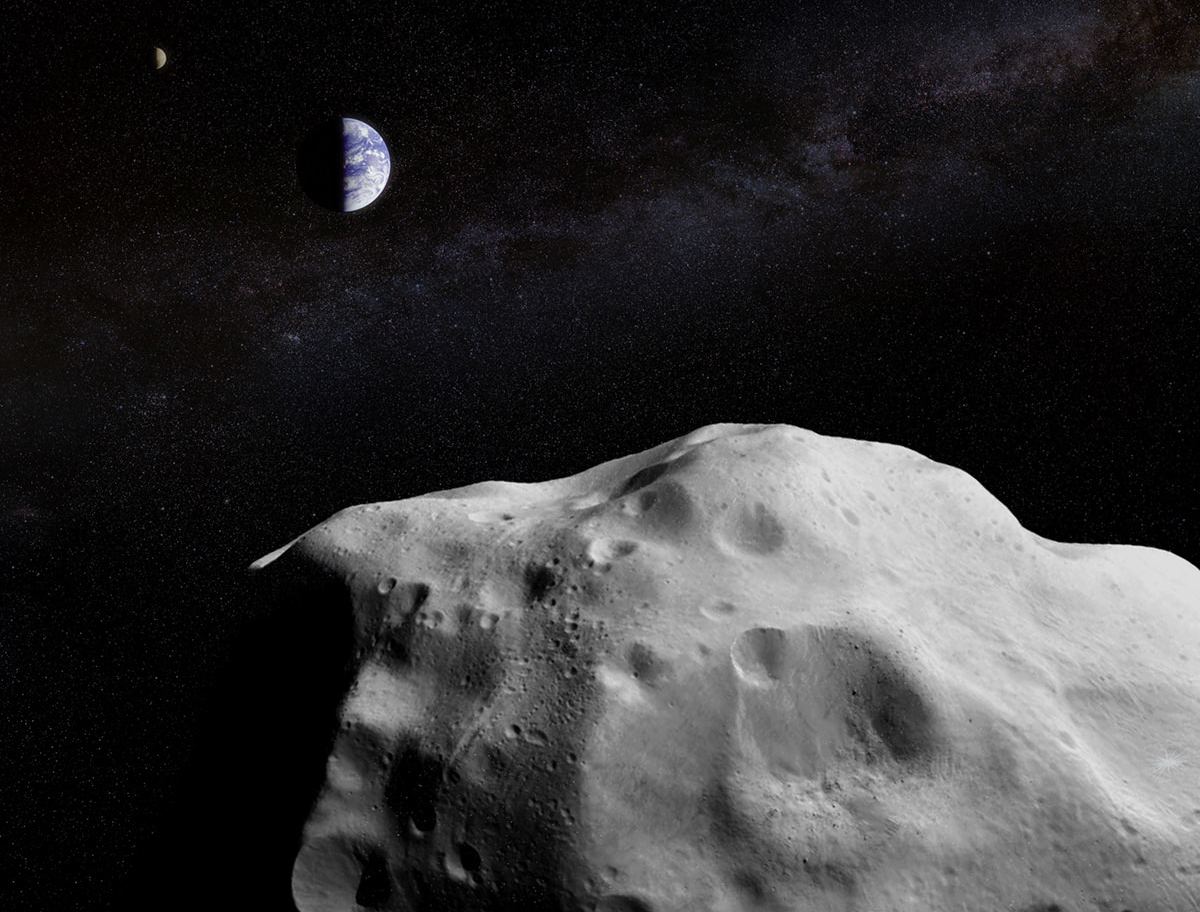
It's a shooting gallery out there. The spattered face of Earth's Moon and large impact sites such as Meteor Crater outside of Flagstaff Arizona remind us that we still inhabit a dangerous neighborhood. But despite the inevitable cries for the "End of the World of the Week," humanity can breathe a collective sigh of relief next Wednesday on April 19th, when asteroid 2014 JO25 passes safely by the Earth.
Continue reading
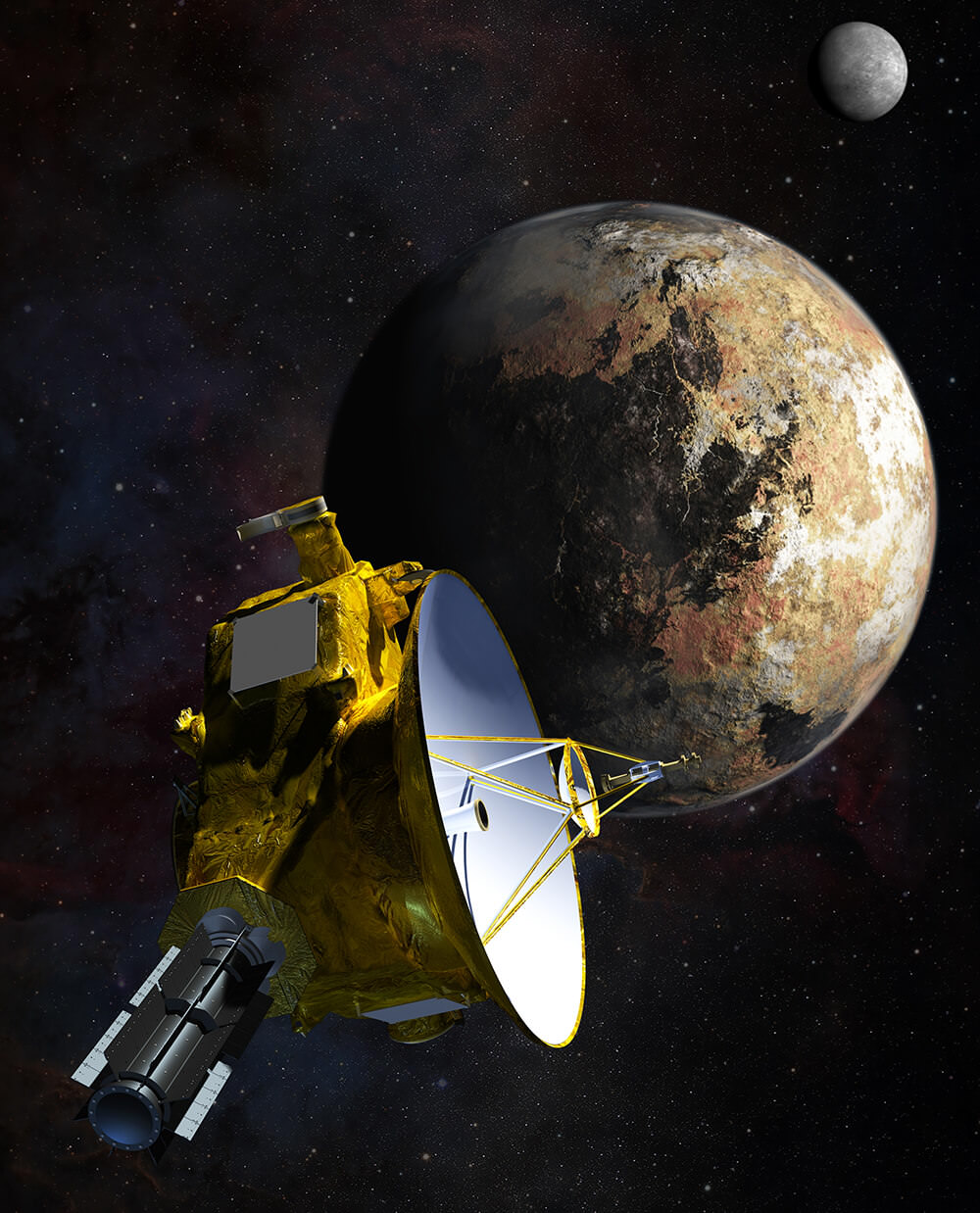
As it makes its way towards its next destination in the Kuiper Belt, the New Horizons probe has been given a new task - measuring the Cosmic Optical Background.
Continue reading

Comings and goings continue apace on the International Space Station! After living and working fruitfully for six months in space aboard the ISS, an international trio of astronauts and cosmonauts including NASA's Shane Kimbrough departed the orbiting lab complex aboard their Soyuz capsule and plummeted back safely through the Earth's atmosphere to a soft touchdown in Kazahkstan on Monday- as NASA meanwhile targets liftoff of the next US resupply ship a week from today.
Continue reading
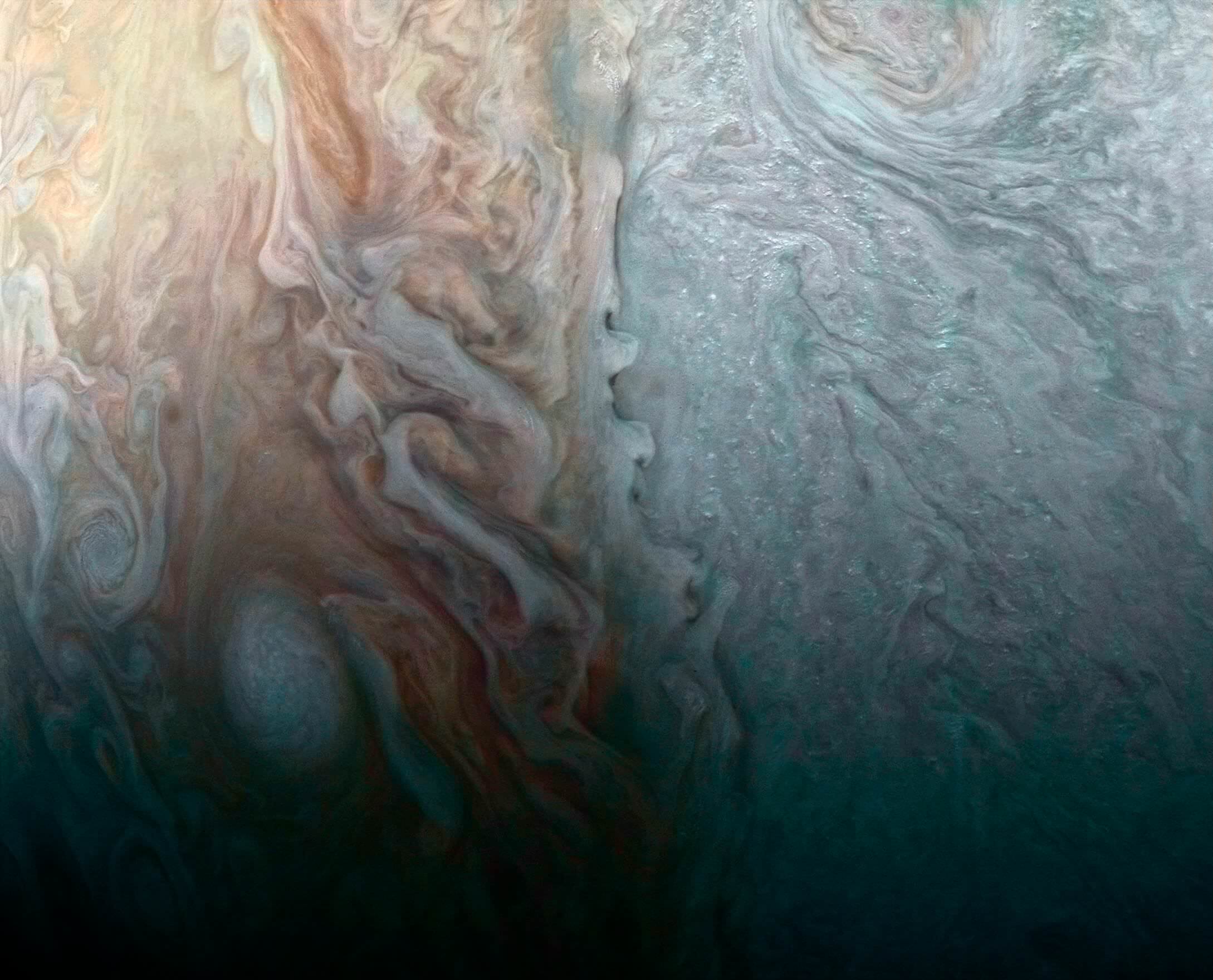
In its latest flyby of Jupiter (Perijove 5), the Juno probe managed to capture photographs of two colliding atmospheric conditions.
Continue reading
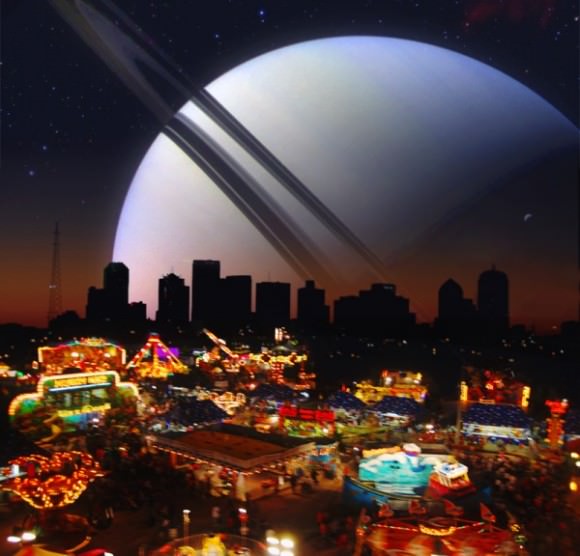
Continue reading

SpaceX just flew a rocket to space for the second time. It was a fairly normal launch, but this accomplishment opens up a whole new era in space flight. What are SpaceX's plans, and who else is working on reusable rockets?
Continue reading
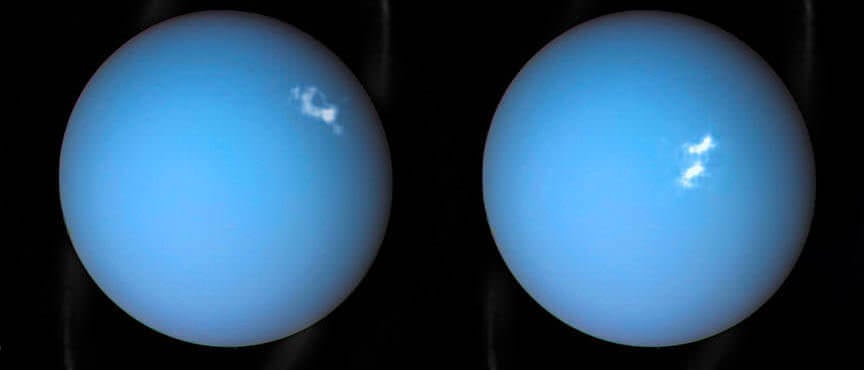
French astronomers discover the brightest auroras on Uranus ever seen, and they look ... weird.
Continue reading
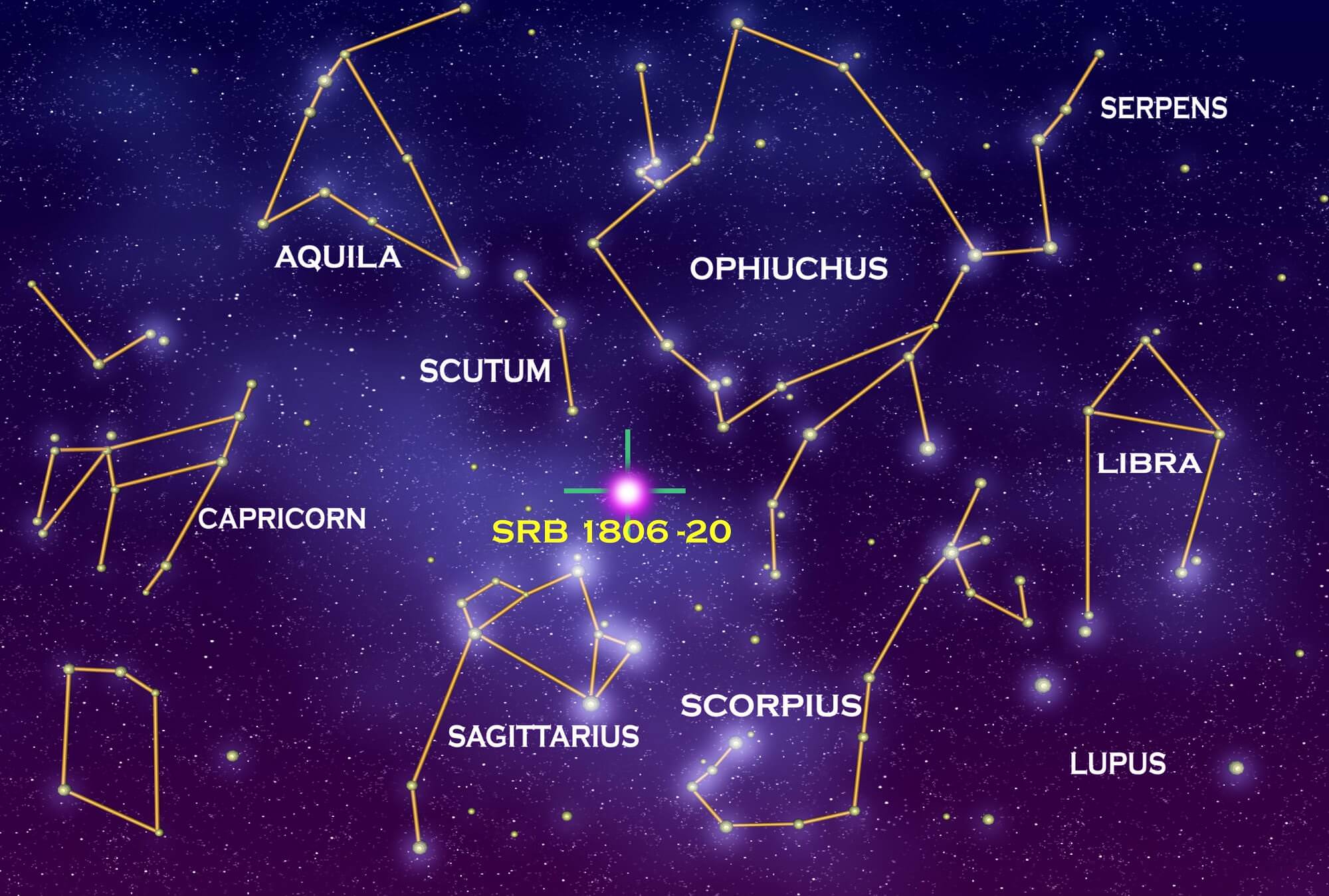
Since the constellations are based on their appearance from Earth, the Sun does not belong to any. But if you could go to another star system, it would certainly look that way!
Continue reading

Continue reading

Continue reading
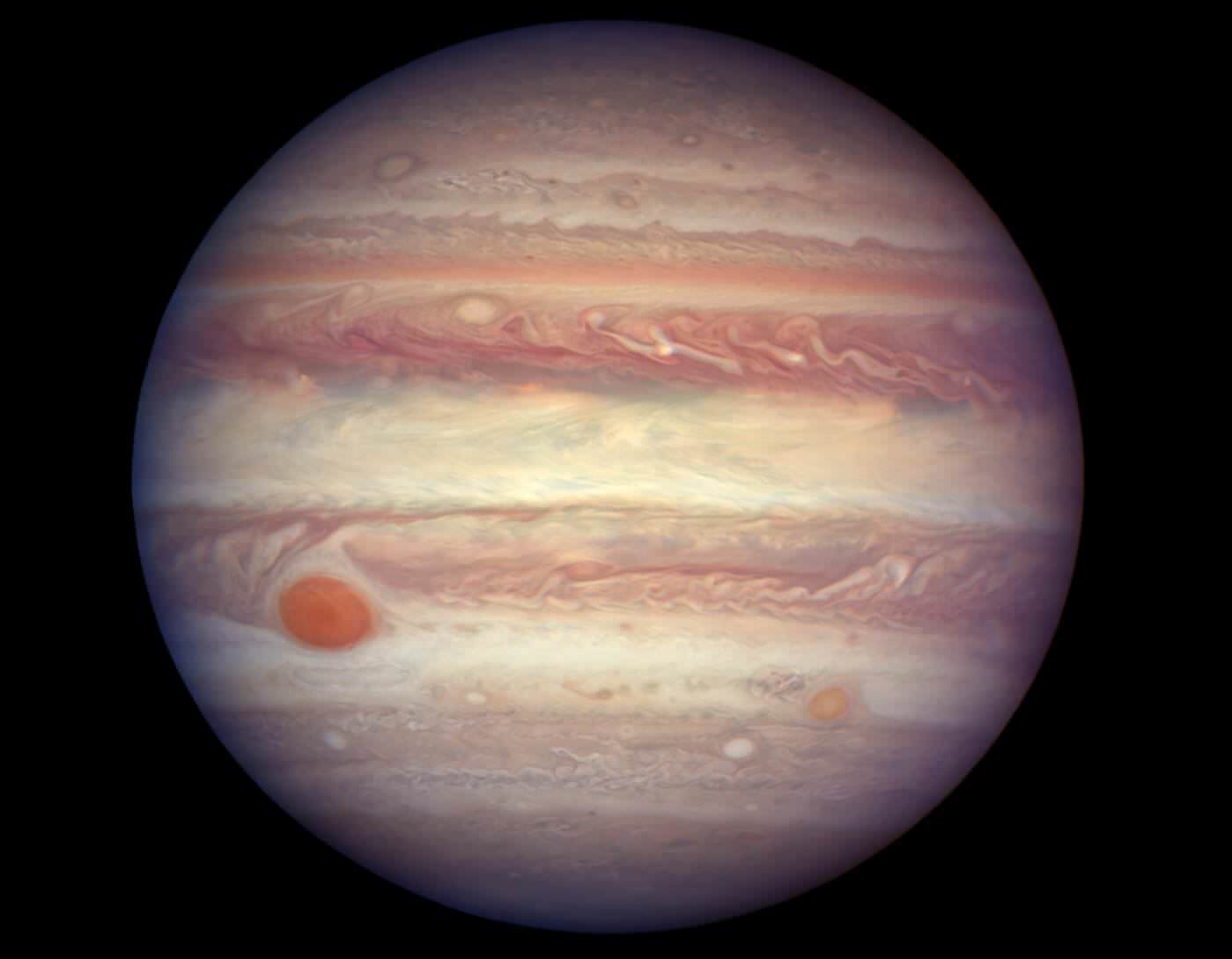
During the month of April, 2017, Jupiter will make its closest approach to Earth, allowing for some prime viewing opportunities for the Hubble Space Telescope.
Continue reading
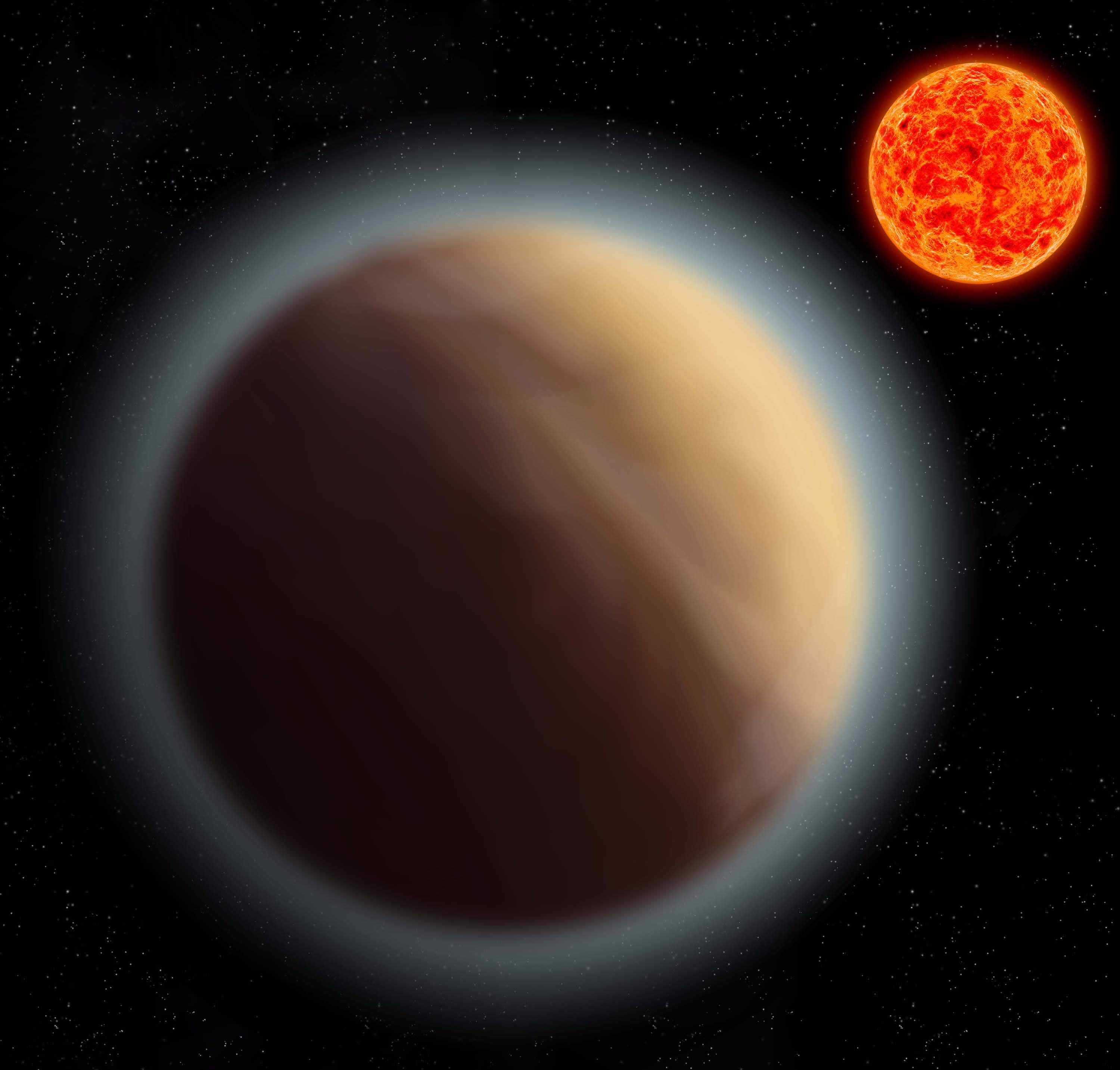
Ongoing observation of exoplanet GJ 1132b has revealed a dense atmosphere, a finding which has great significance in the hunt for life beyond Earth.
Continue reading

Continue reading

Continue reading
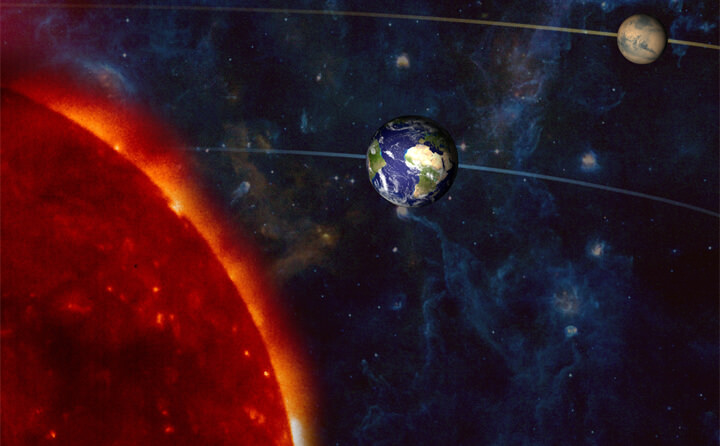
Every two years, Earth and Mars reach the closest points to each other in their orbit, which is referred to as a "Mars opposition".
Continue reading
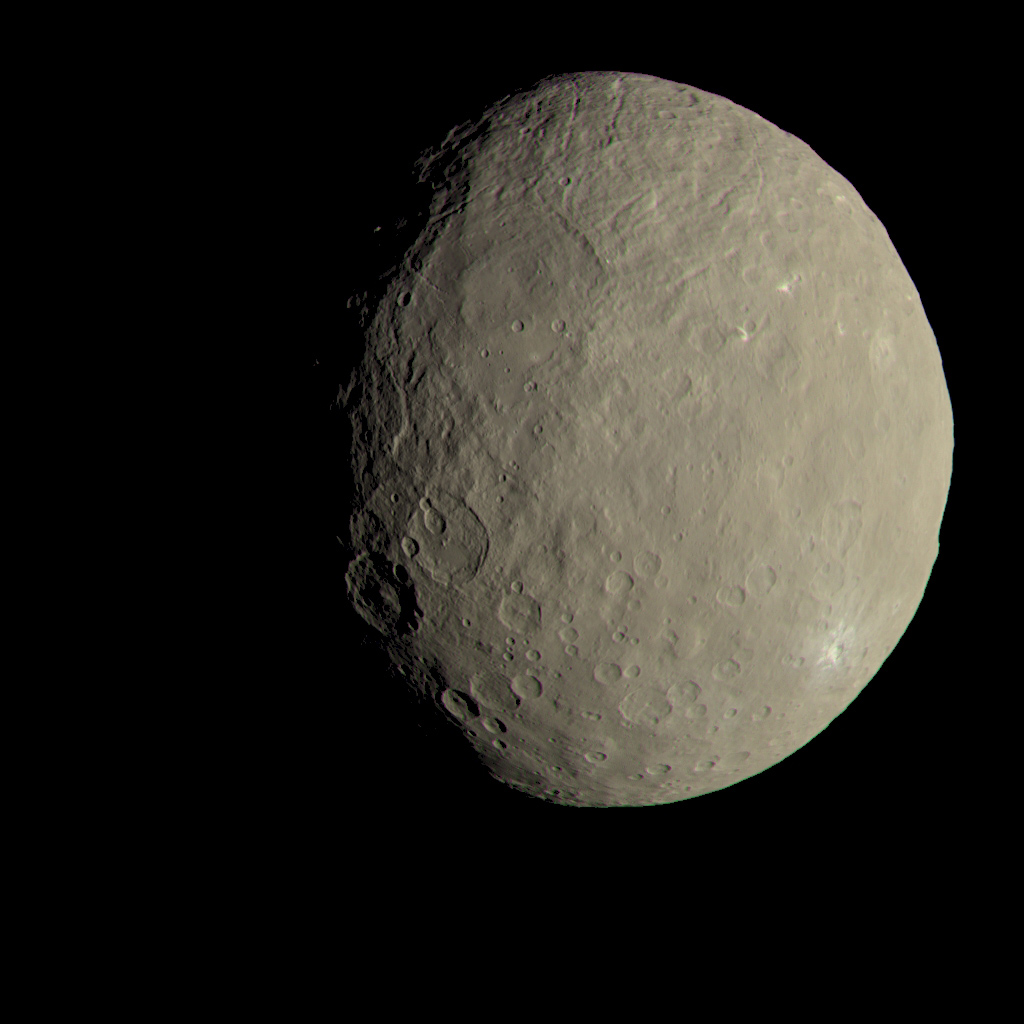
Continue reading

This year's Yuri's Night promises to be a momentous occasion, with celebrations and events taking place all over the world!
Continue reading
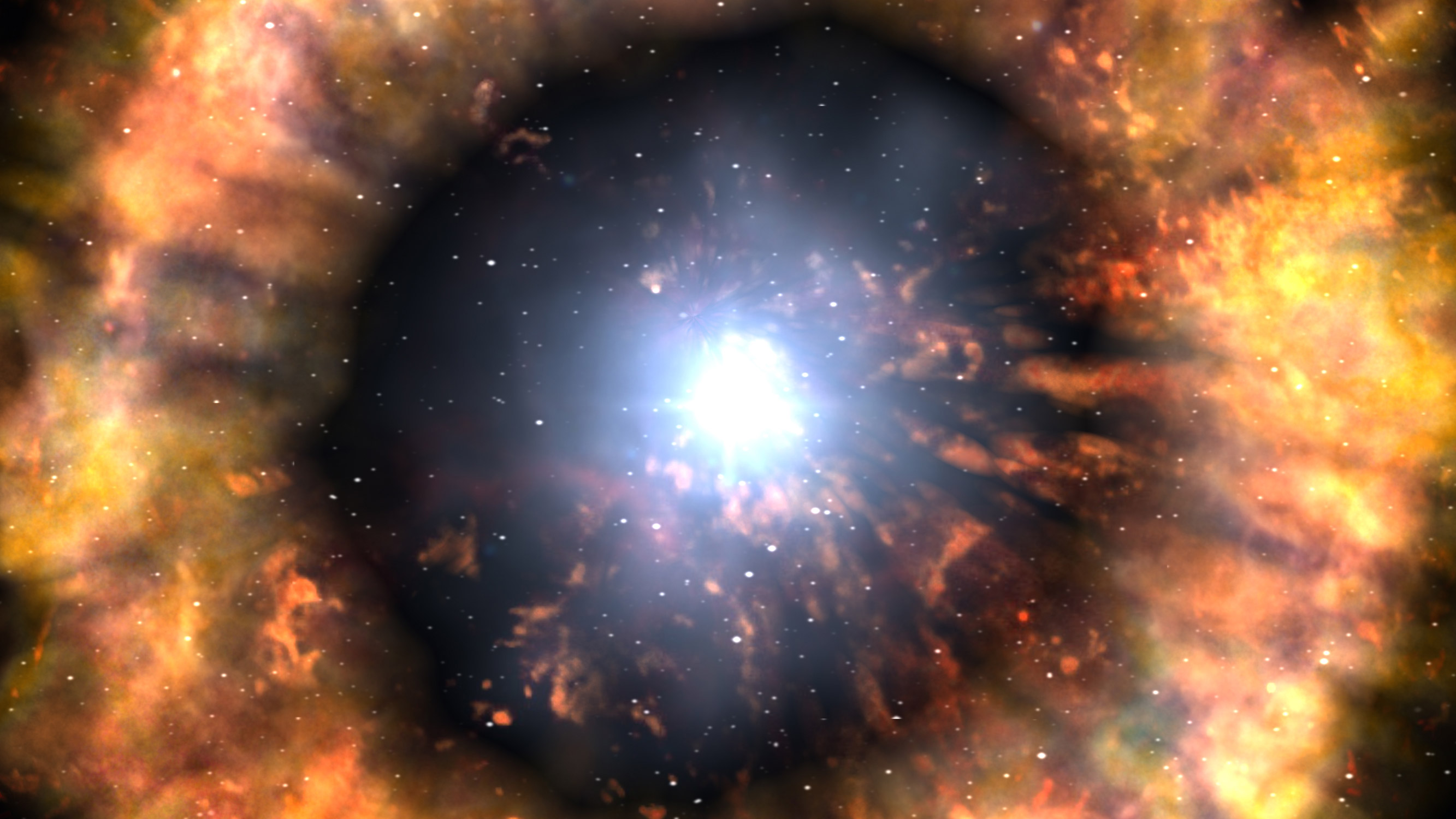
In the course of observing an explosion in a distant galaxy, a team of researchers noticed something unprecedented - a supernova in slow-motion.
Continue reading
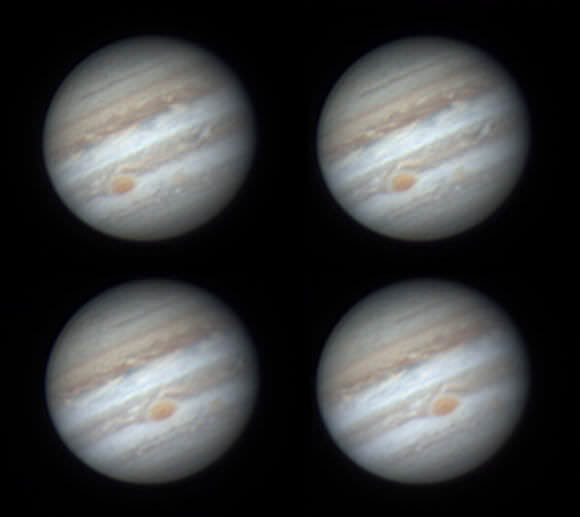
Been missing the evening planets? Currently, Saturn and Venus rule the dawn, and Mars is sinking into the dusk as it recedes towards the farside of the Sun. That's been changing for one planet, however, as Jupiter reaches opposition this week.
Continue reading
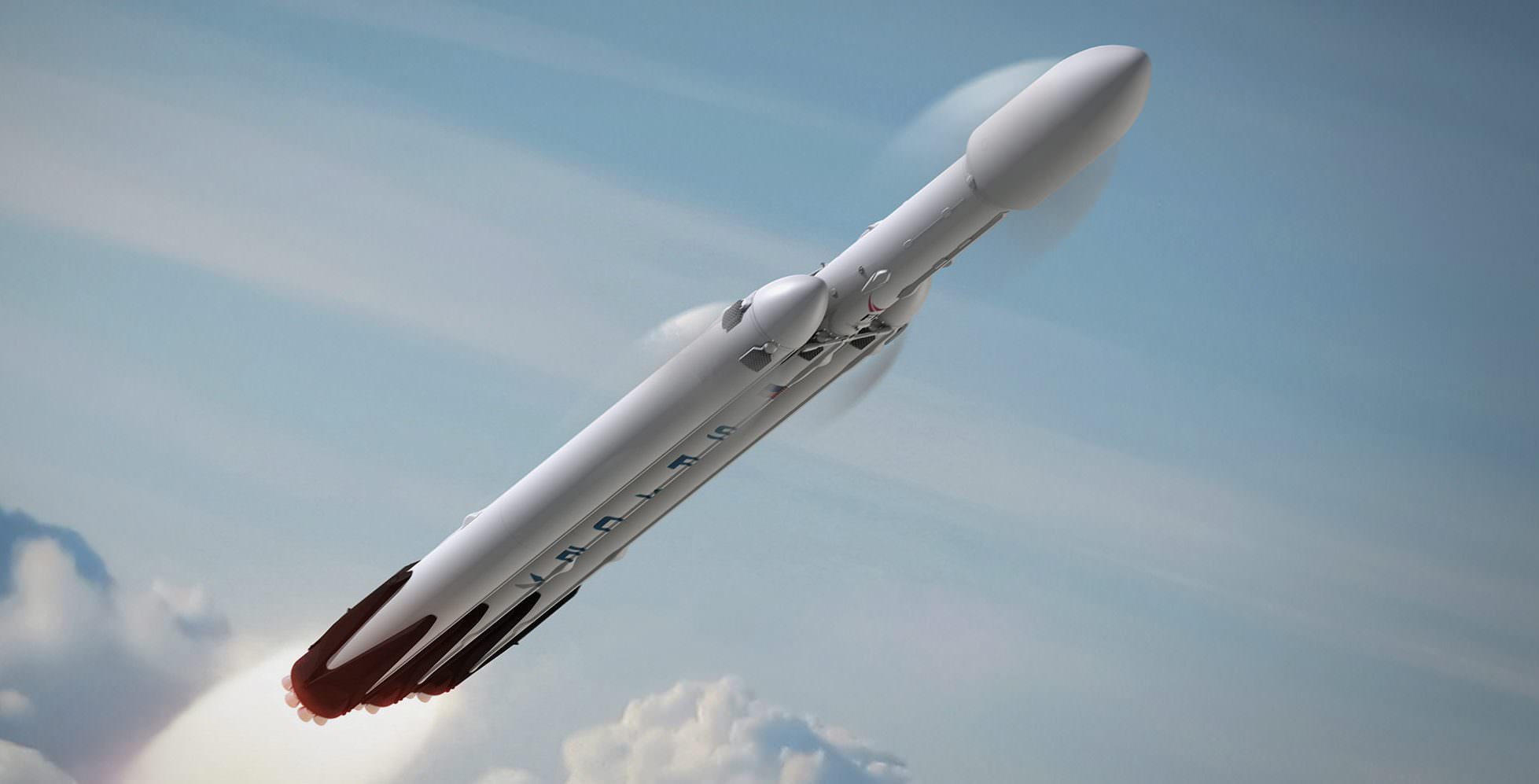
With the successful launch of a reused Falcon 9, Musk has revealed additional details about the maiden launch of the Falcon Heavy, which is scheduled for this summer.
Continue reading
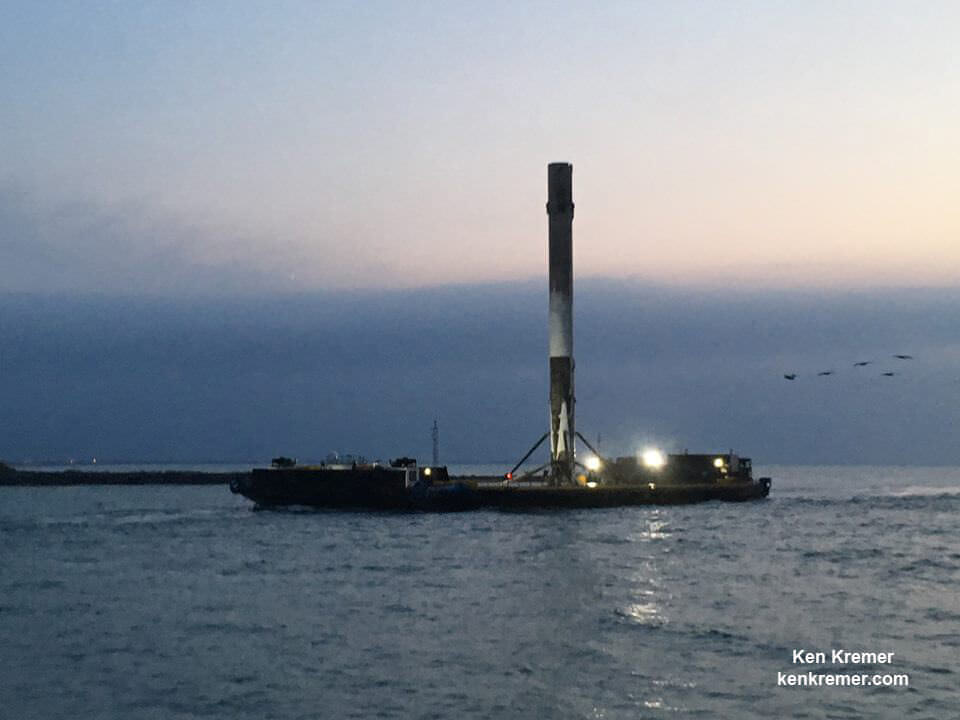
PORT CANAVERAL/KENNEDY SPACE CENTER, FL - Basking in the sunrise glow, the world's first recycled booster - namely a SpaceX Falcon 9 - sailed serenely into Port Canaveral this morning, Tuesday, April 4, atop the tiny droneship on which it soft landed shortly after launching on March 30 for an unprecedented second time.
Continue reading
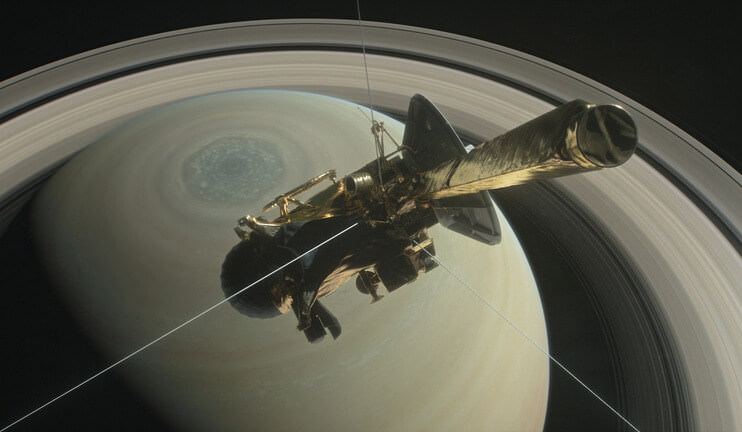
Continue reading
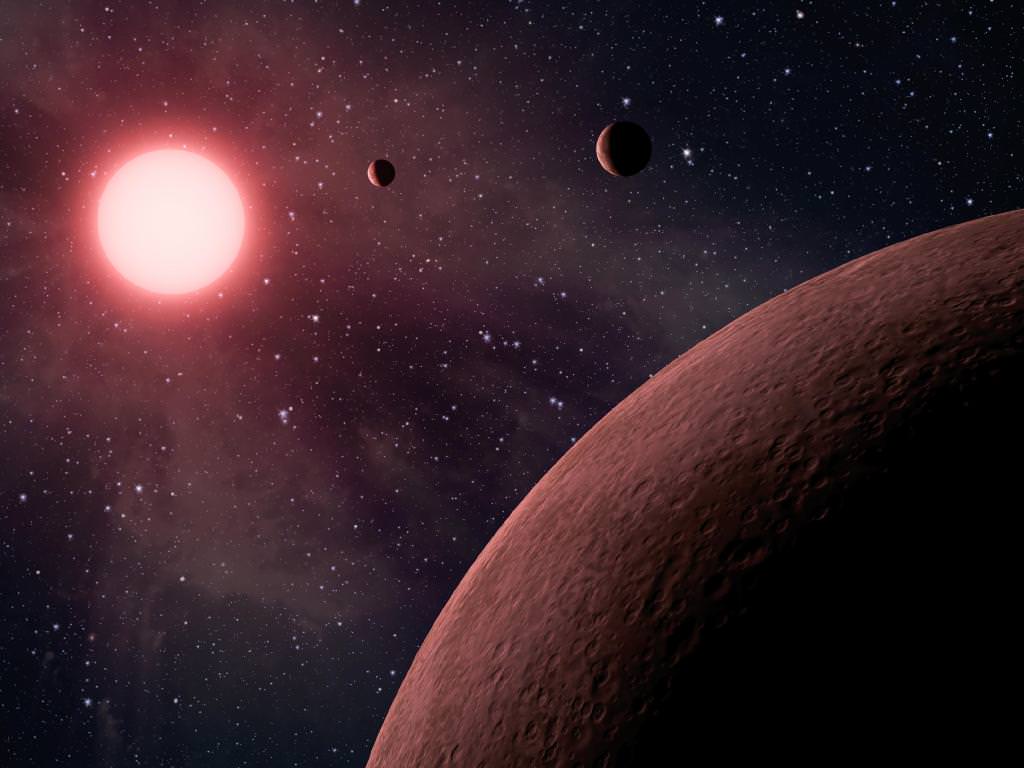
The TRAPPIST-1 star might flare too frequently and too violently for life to exist on the TRAPPIST planets.
Continue reading
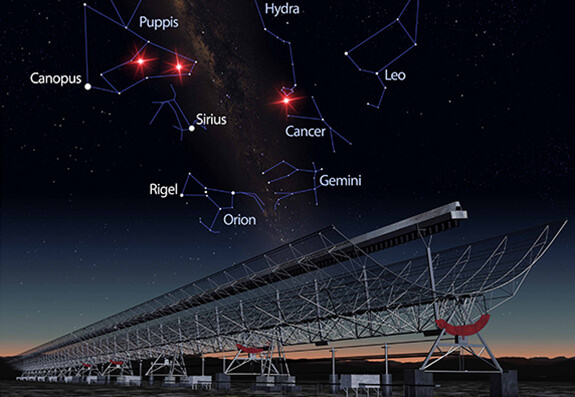
Continue reading
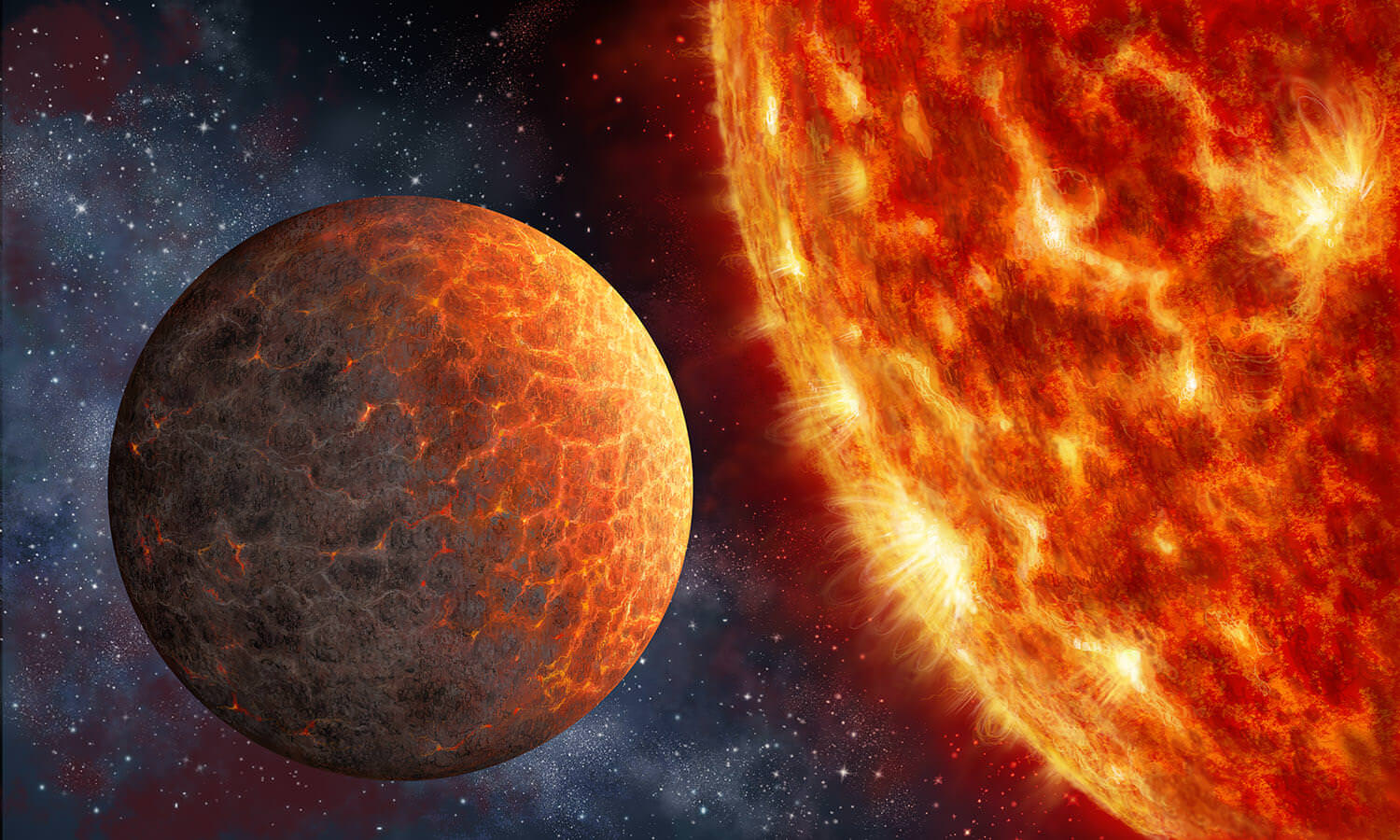
A team of international astronomers recently found the closest thing to a "Venus-like" planet in a nearby star system, which could have drastic implications for "habitability" studies.
Continue reading

Continue reading
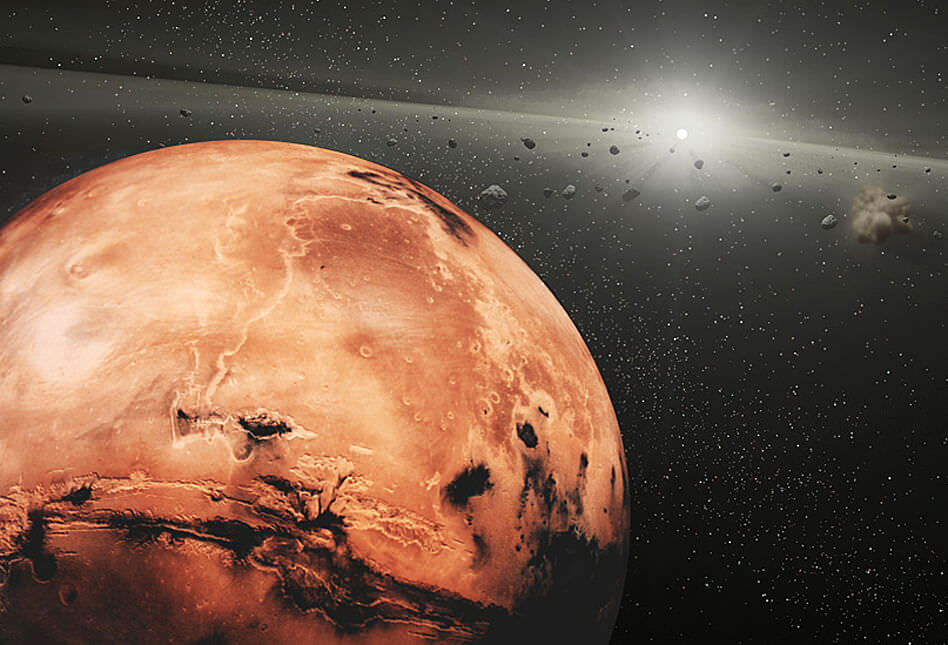
A study by an international team of researchers has revealed that Mars' Trojan asteroids could be the remains of ancient planetoids, which could have drastic implications for the history of planetary formation
Continue reading
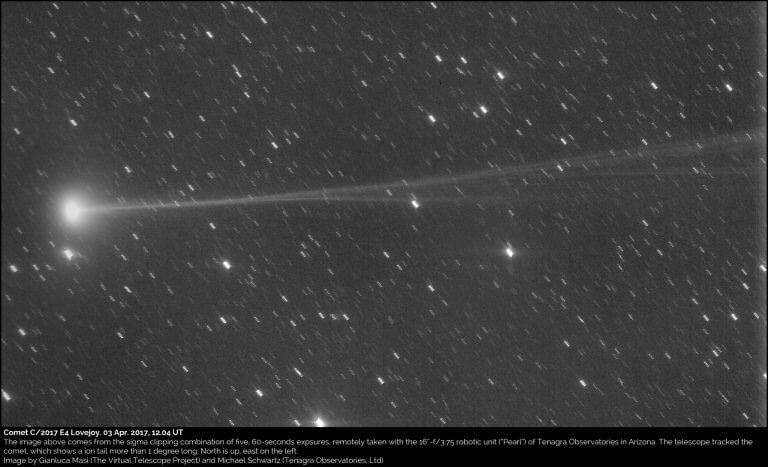
Had your fill of binocular comets yet? Thus far this year, we've had periodic comets 2P/Encke, 45P/Honda-Mrkos-Pajdušáková and 41P/Tuttle-Giacobini-Kresák all reach binocular visibility above +10th magnitude as forecasted. Now, we'd like to point out a surprise interloper in the dawn sky that you're not watching, but should be: Comet C/2017 E4 Lovejoy.
Continue reading
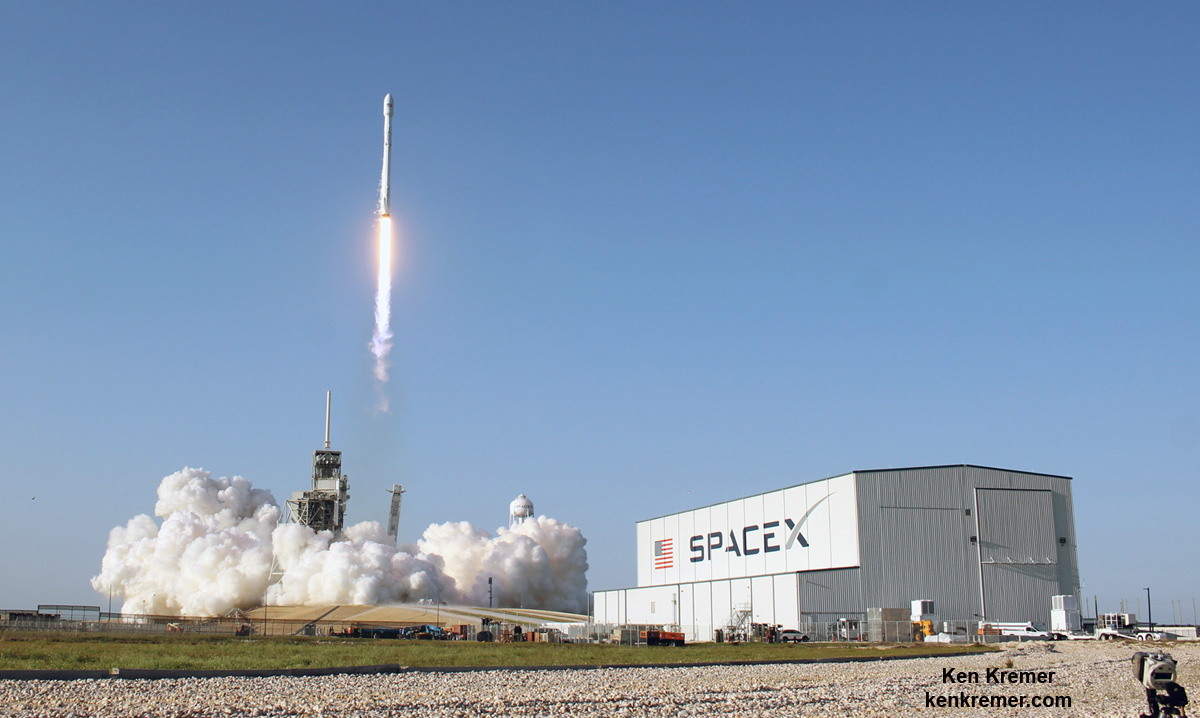
KENNEDY SPACE CENTER, FL - SpaceX CEO Elon Musk's Billion dollar bet on rocket recycling paid off beautifully when the world's first ever reflown rocket booster - a SpaceX Falcon 9 - roared off NASA's historic pad 39A at the Kennedy Space Center and successfully delivered the next generation SES-10 TV satellite to orbit and simultaneously shot revolutionary shock waves reverberating forever across the rocket industry worldwide.
Continue reading
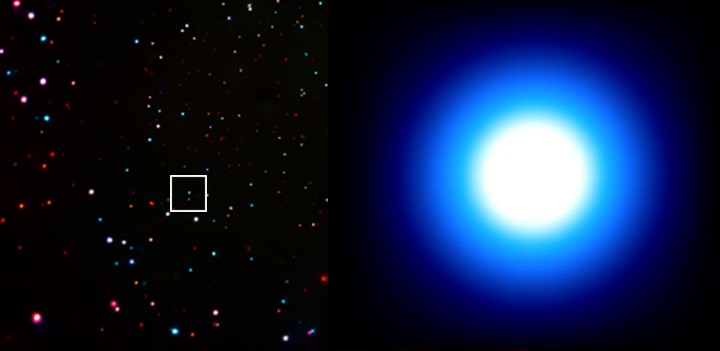
Using data from the Chandra observatory, a team of researchers witnessed the most distant X-ray explosion ever observed, and are not sure what caused it.
Continue reading
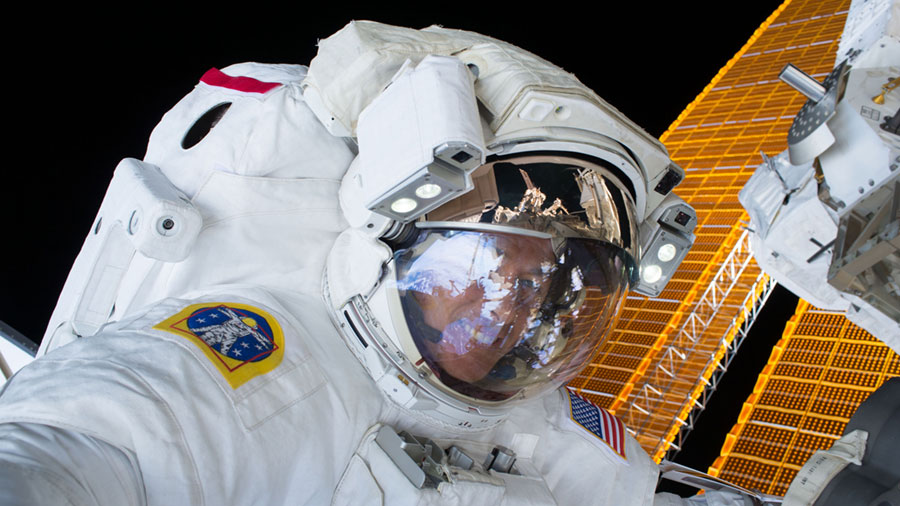
This week, astronauts conducting a spacewalk had to perform an impromptu patch-up job when one of the ISS' shields broke off and floated away.
Continue reading
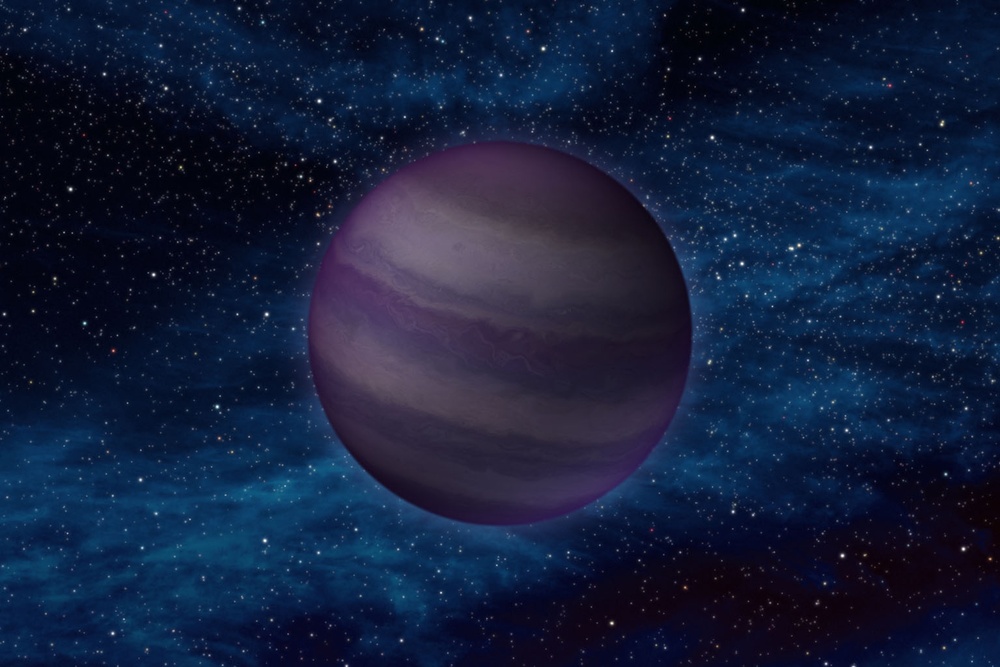
Continue reading

Continue reading
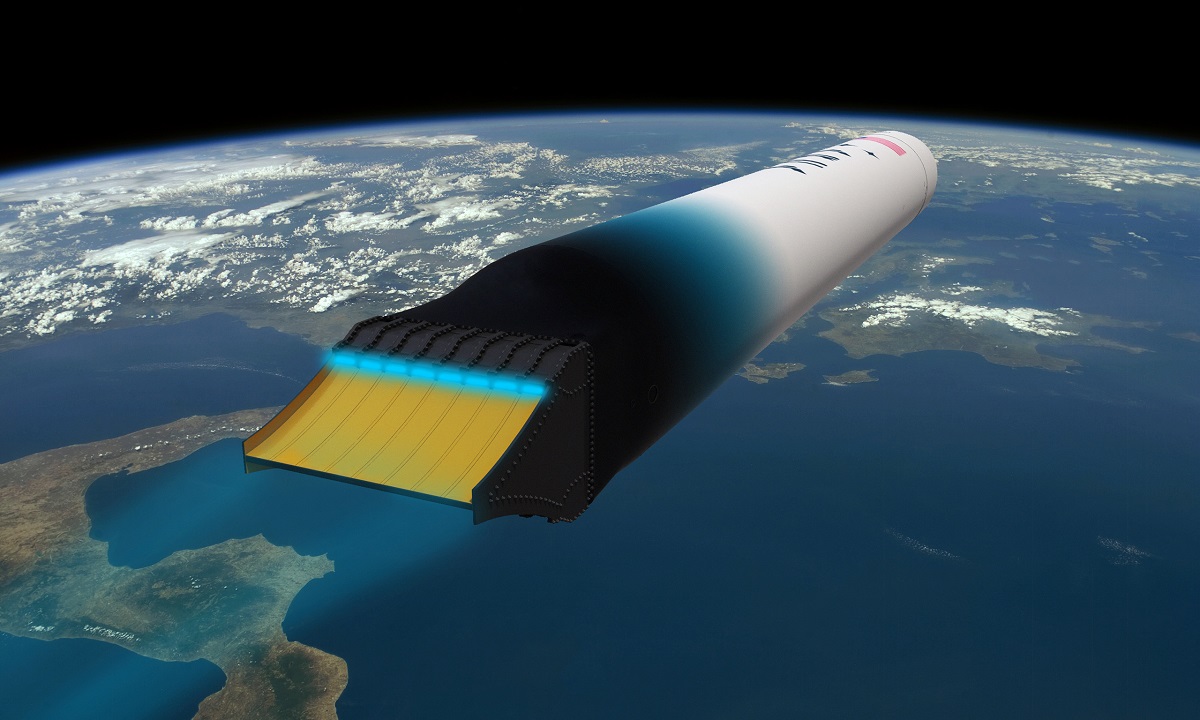
The New Mexico-based aerospace company ARCA recently unveiled its Haas 2C rocket, the first single-state-to-orbit rocket in history.
Continue reading

KENNEDY SPACE CENTER, FL - SpaceX accomplished an American 'Science Triumph' with today's "Mind Blowing" and history making second launch and landing of a previously flown Falcon 9 booster that successfully delivered a massive and powerful Hi Def TV satellite to orbit for telecom giant SES from the Kennedy Space Center.
Continue reading
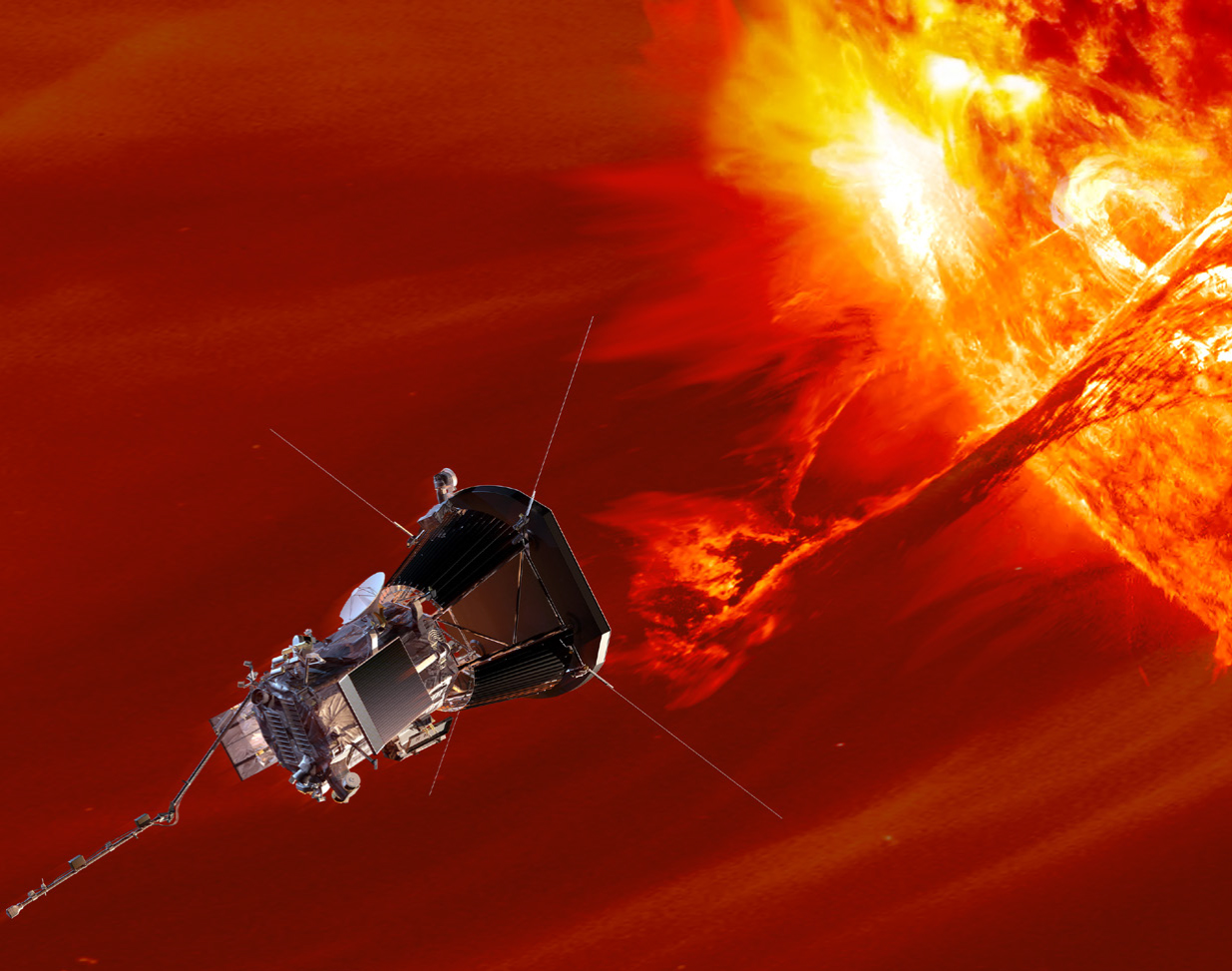
The Smithsonian Astrophysical Observatory and Draper are helping NASA to develop the Solar Probe Plus, the first spacecraft that will "touch"the face of the Sun.
Continue reading

NASA's Mars Reconnaissance Orbiter has completed 50,000 orbits. It has now imaged over 99% of the Martian surface.
Continue reading
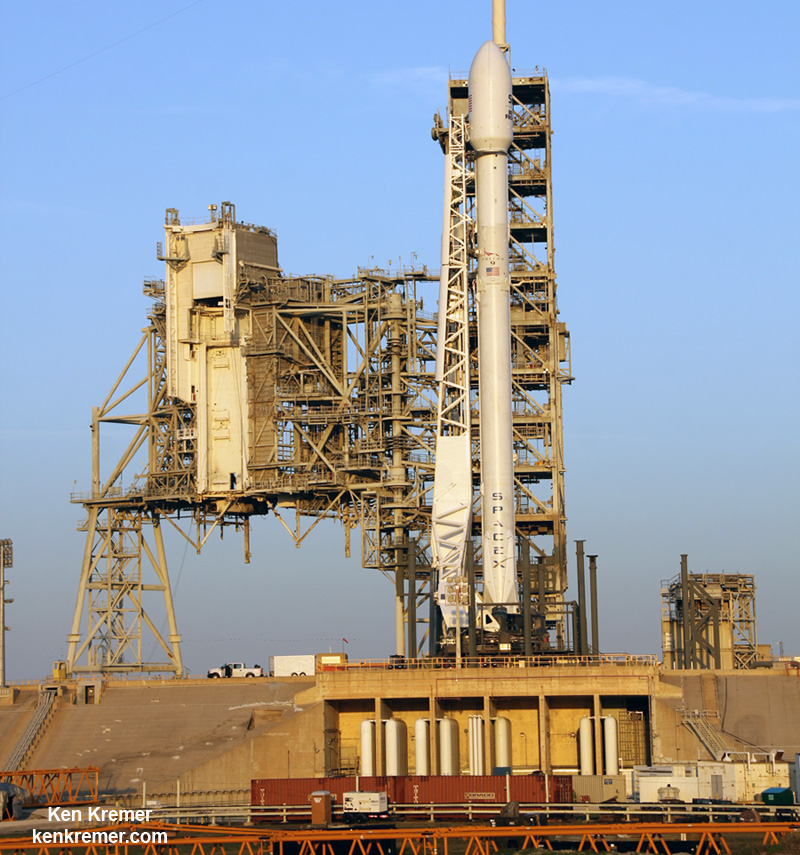
KENNEDY SPACE CENTER, FL - The moment of truth is rapidly approaching as SpaceX attempts the world's first reflight of an orbital class rocket later today, Thursday, March 30, with the firms Falcon 9 standing proudly at historic launch complex 39A at NASA's Kennedy Space Center in Florida - ready to deliver an advanced TV broadcast satellite to orbit for the America's for telecom giant SES.
Continue reading
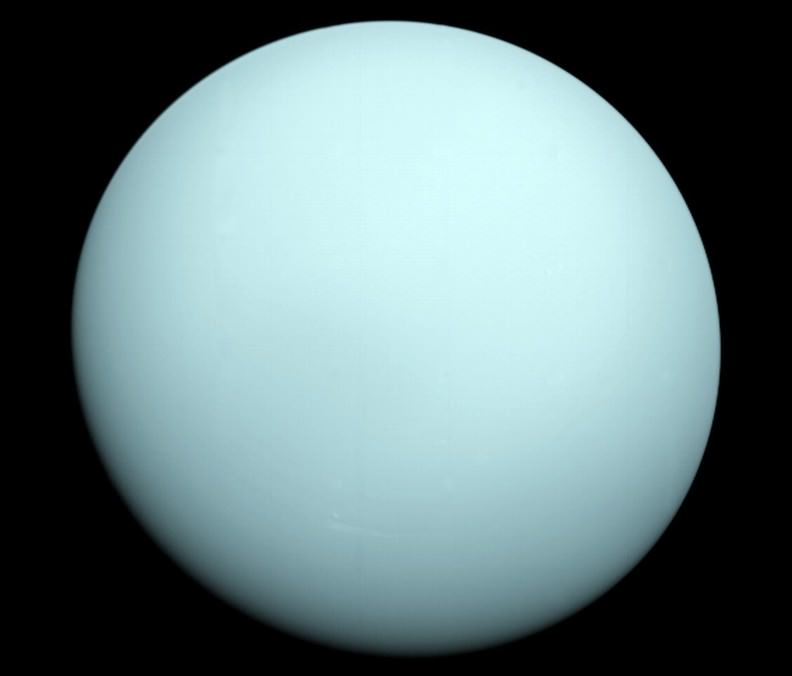
A year on Uranus lasts almost as long as a century on Earth. And because of its extreme tilt, its polar regions experience 42 years of light and dark during the course of it.
Continue reading
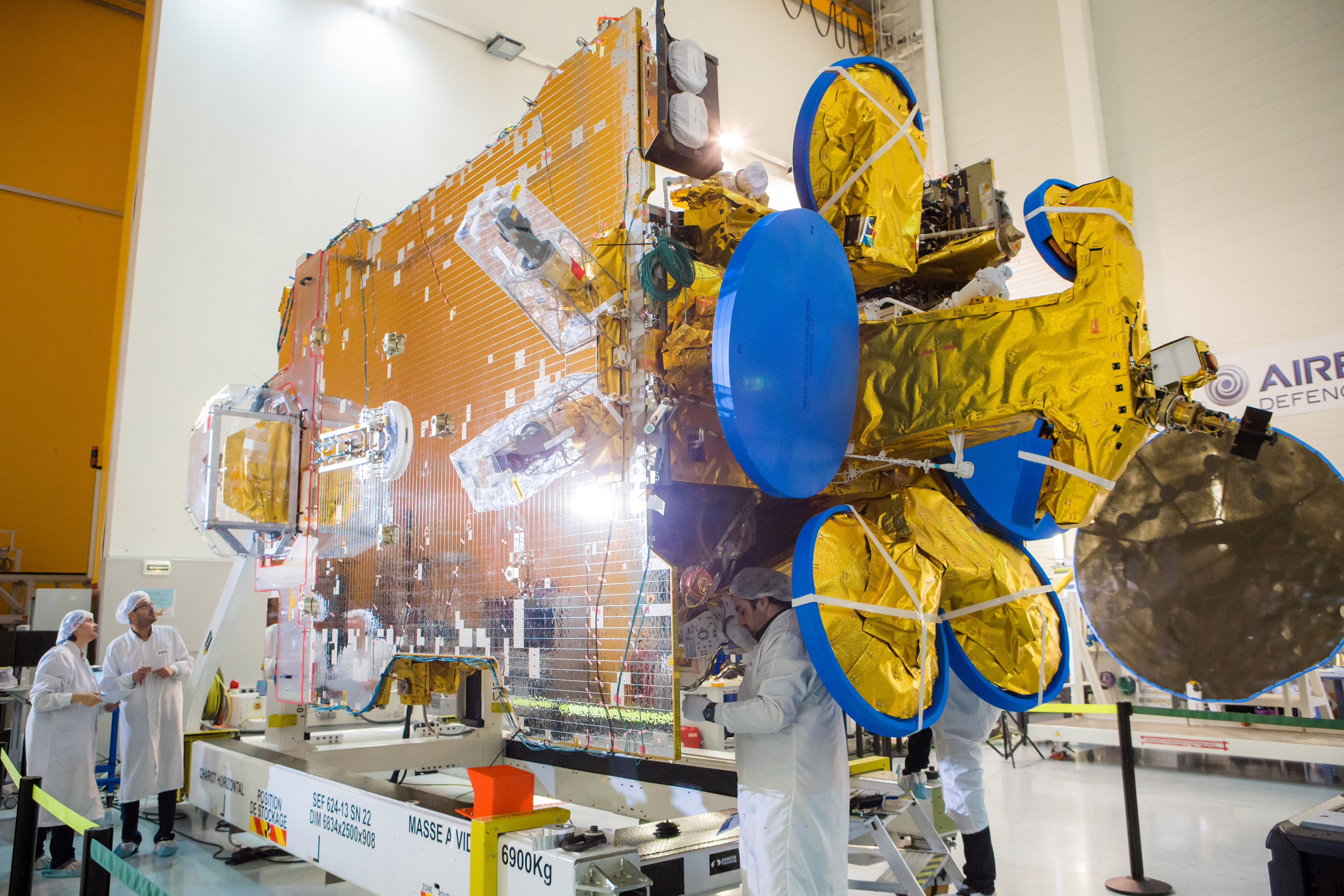
CAPE CANAVERAL/KENNEDY SPACE CENTER, FL - As the hours tick down to the history making liftoff of the world's first recycled rocket, the commercial customer SES is proclaiming high "confidence" in the flight worthiness of the "Flight-Proven" SpaceX Falcon 9 booster that will blastoff with a massive Hi-Def TV satellite for telecom giant SES this Thursday, Chief Technology Officer Martin Halliwell told Universe Today at a media briefing.
Continue reading
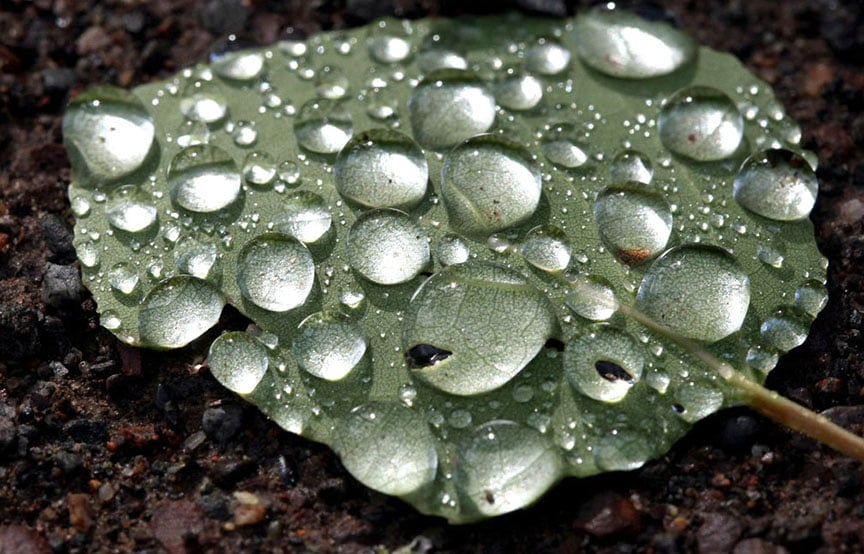
Light's finite speed make all gazing a ride in a time machine. Only a photon truly lives in the moment.
Continue reading

Continue reading
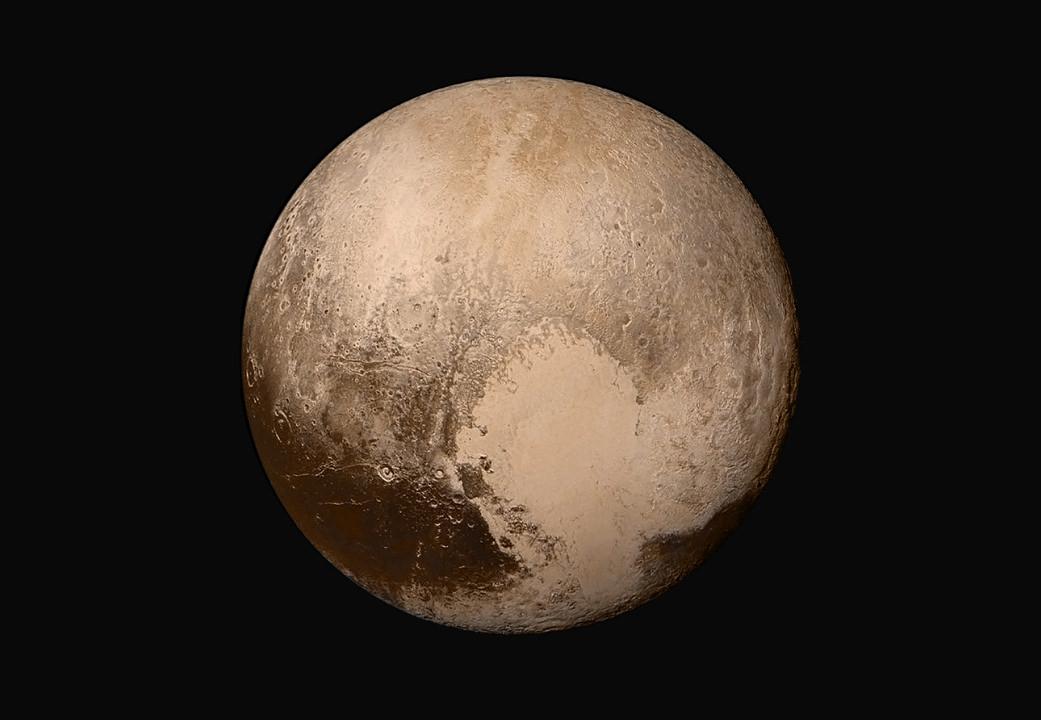
Given its extreme distance from the Sun, Pluto has a very long orbital period. As such, a single year on Pluto lasts as long as 248 Earth years, or 90,560 Earth days!
Continue reading
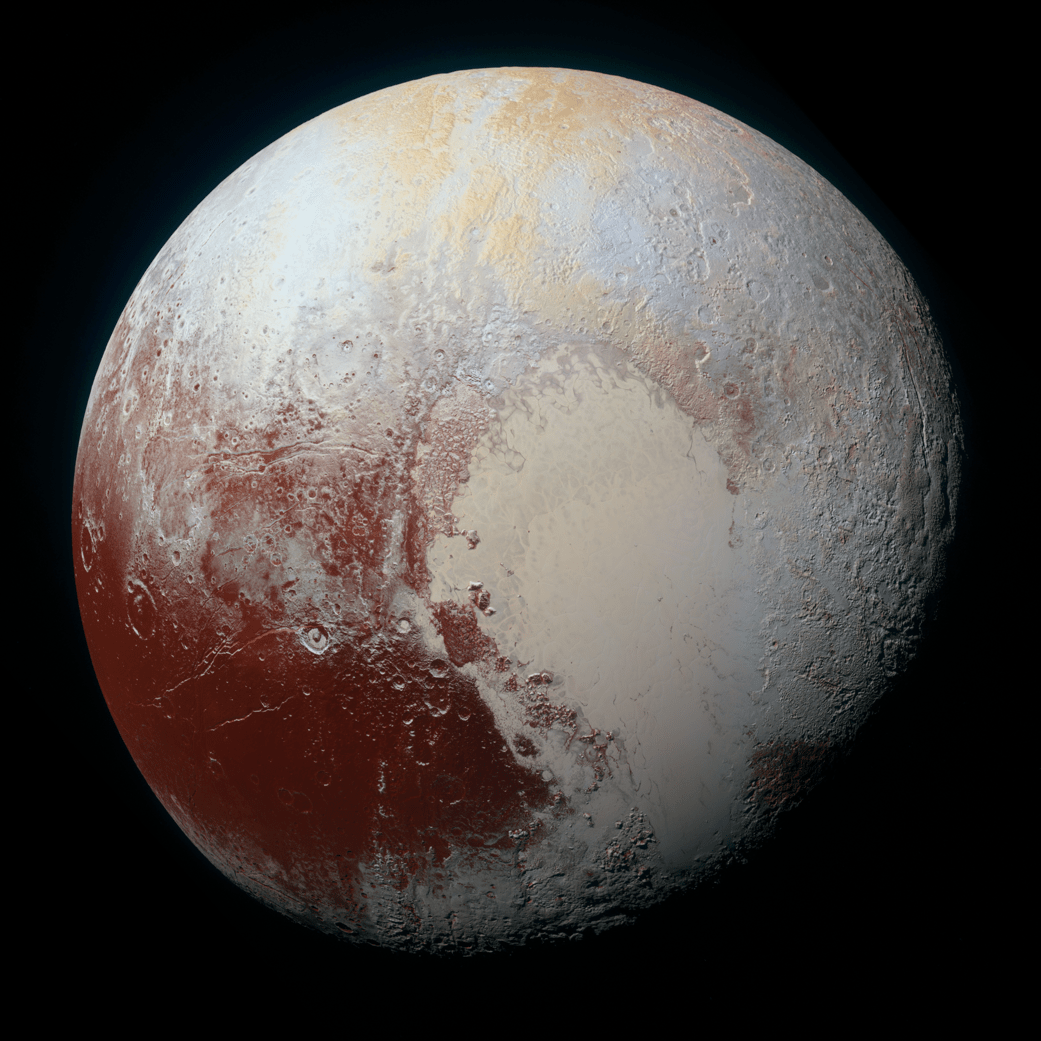
Thanks to the New Horizons mission, which conducted the first detailed study of Pluto in 2014, we know that Pluto's color is rather diverse, with patches of white, yellow and reddish-brown.
Continue reading

 Universe Today
Universe Today















































